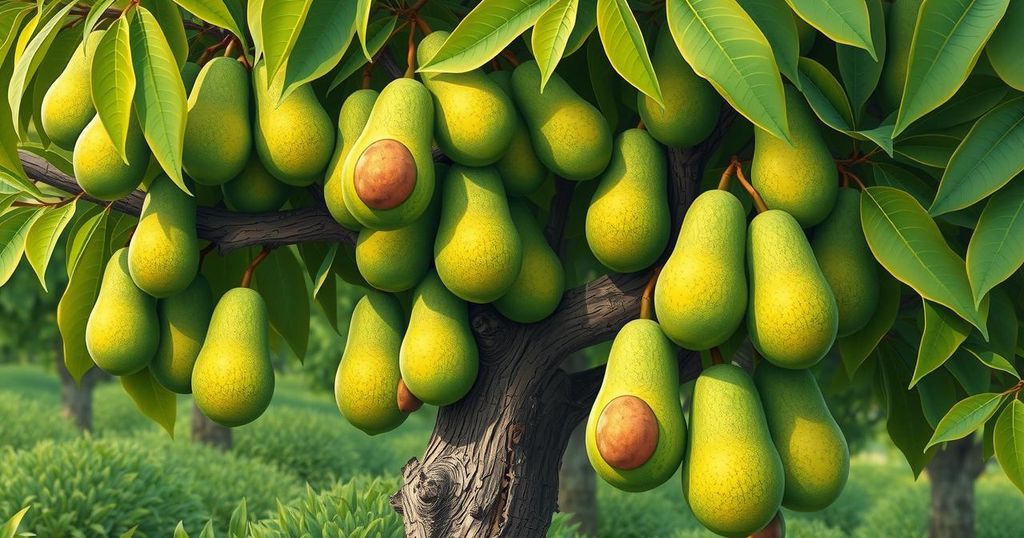The Hass Avocado Board and Cirad report indicates that Peruvian avocado plantings will slow down over the next five years due to economic and environmental challenges. The data reveals a decline in new plantings, especially in key regions like Olmos and Chavimochic, while recommending improvements in agricultural practices to sustain production.
A recent report by the Hass Avocado Board and Cirad outlines potential slowing growth in Peruvian avocado plantings over the next five years. This study serves as an essential resource for investors and industry stakeholders to effectively plan marketing strategies. The project, initiated in 2019, investigated avocado markets in Peru and other significant regions such as Mexico and California and has provided an updated assessment looking toward 2030.
From 2019 to 2022, avocado cultivation saw consistent expansion; however, new plantings have markedly decelerated recently. By 2024, the estimated avocado cultivation area is projected at 76,750 hectares, with the main growing regions being Olmos, Chavimochic, the Lima Valleys, and Sierra. Notably, both Olmos and Chavimochic have experienced declines in planting rates, attributable to reduced profitability, increased water demands, unpredictable weather conditions, and competitive pressures from alternative crops.
Socioeconomic, climatic, and political factors have notably impacted the Peruvian avocado industry over the past five years. Factors such as rising costs, disappointing yields, and competition from the European market have contributed to decreased profitability. Furthermore, the emergence of competing crops has intensified market saturation, affecting the avocado sector’s economic returns.
Despite the predicted slowdown in growth, the report suggests a positive outlook for new plantings. To enhance productivity and yield, it advocates for replanting with climate-resilient rootstocks and adopting improved management practices to mitigate climatic and salinity challenges. This strategic adjustment could support the sustainability of Peru’s avocado production in the long term.
The report indicates that while the Peruvian avocado market may face stagnation due to multiple challenges, there exists an opportunity for growth through strategic replanting and improved agricultural practices. By addressing the limitations of current planting strategies, stakeholders may still navigate profitability in a competitive and changing market landscape.
Original Source: www.freshfruitportal.com




